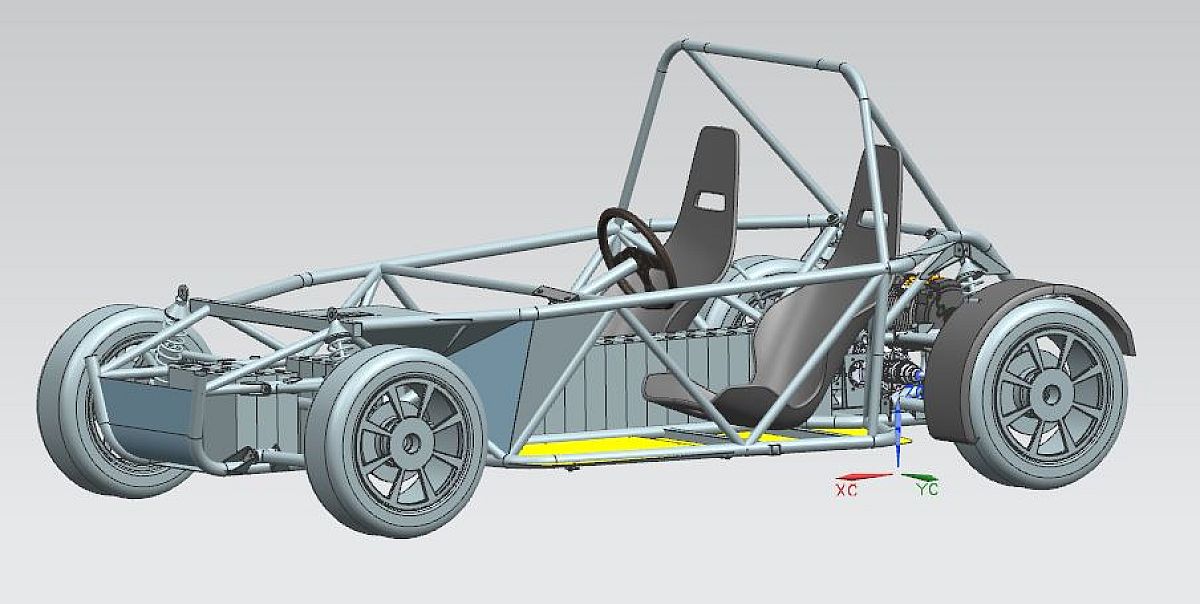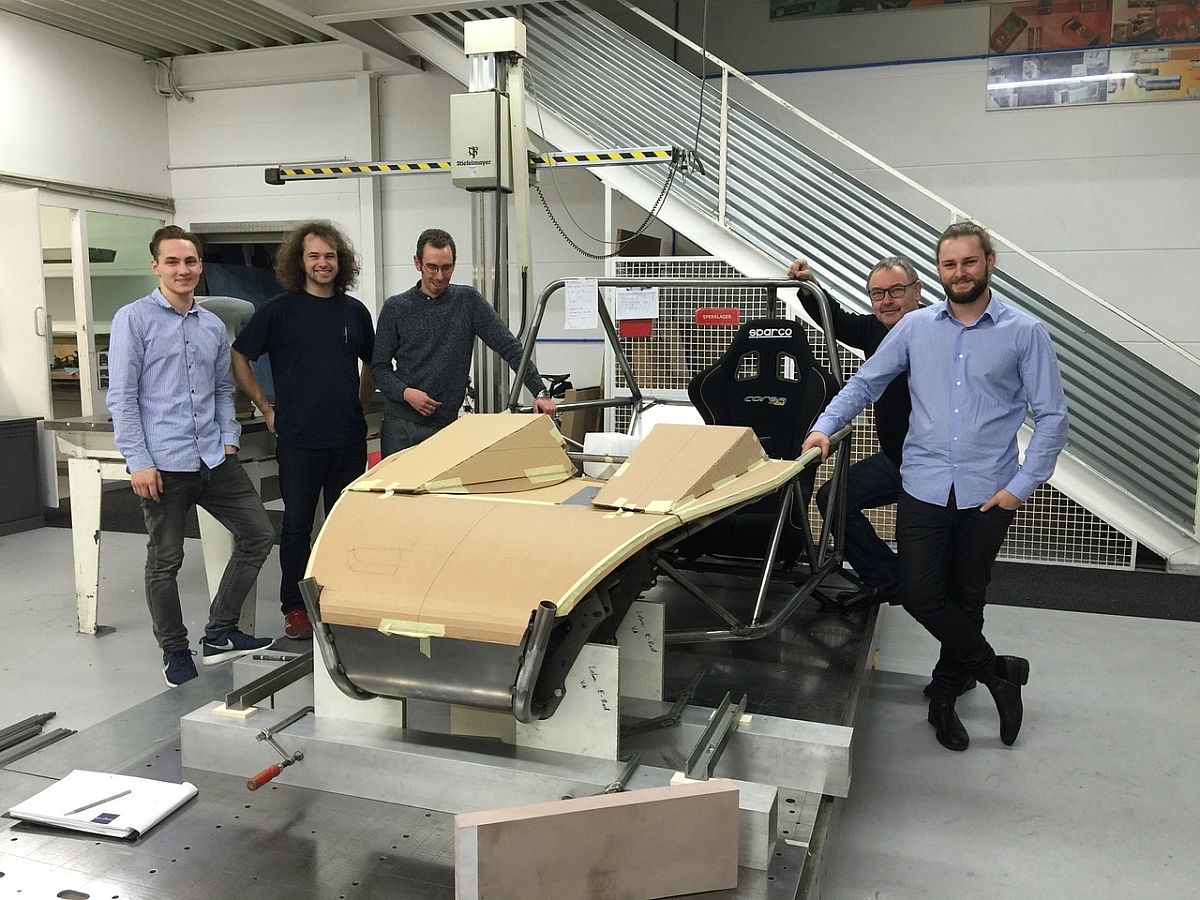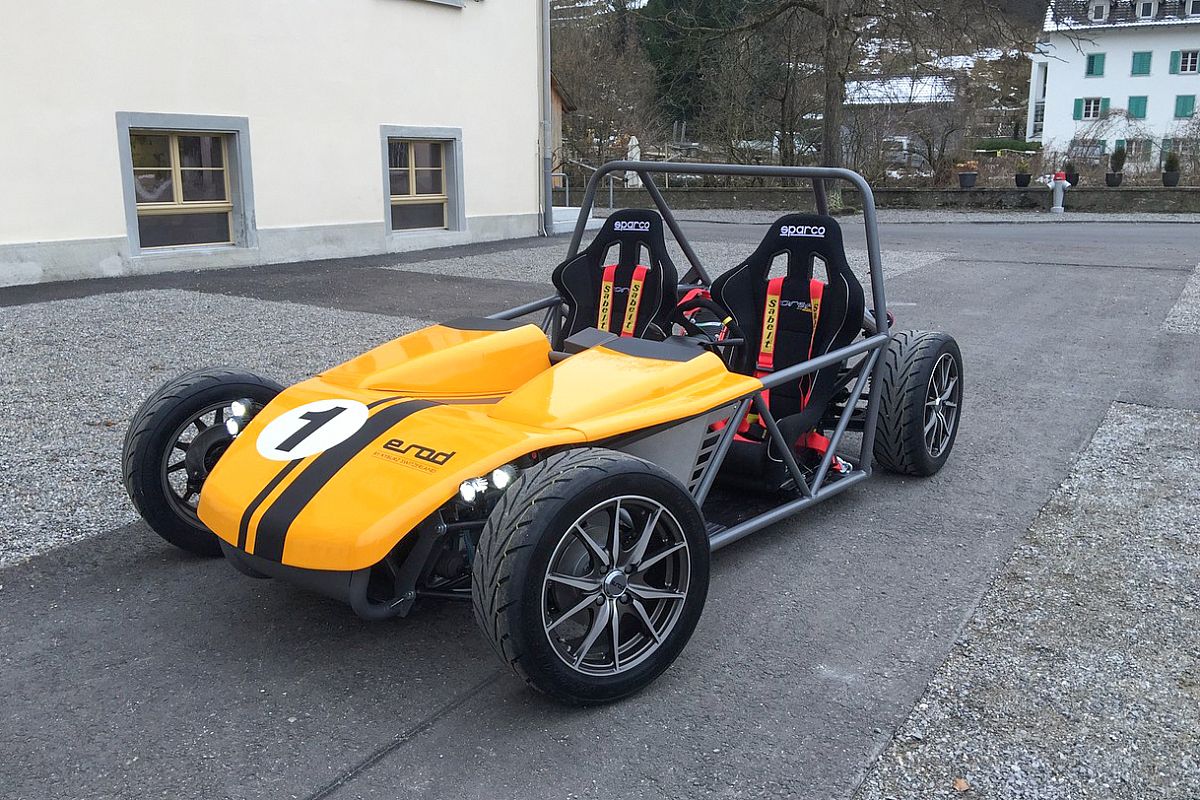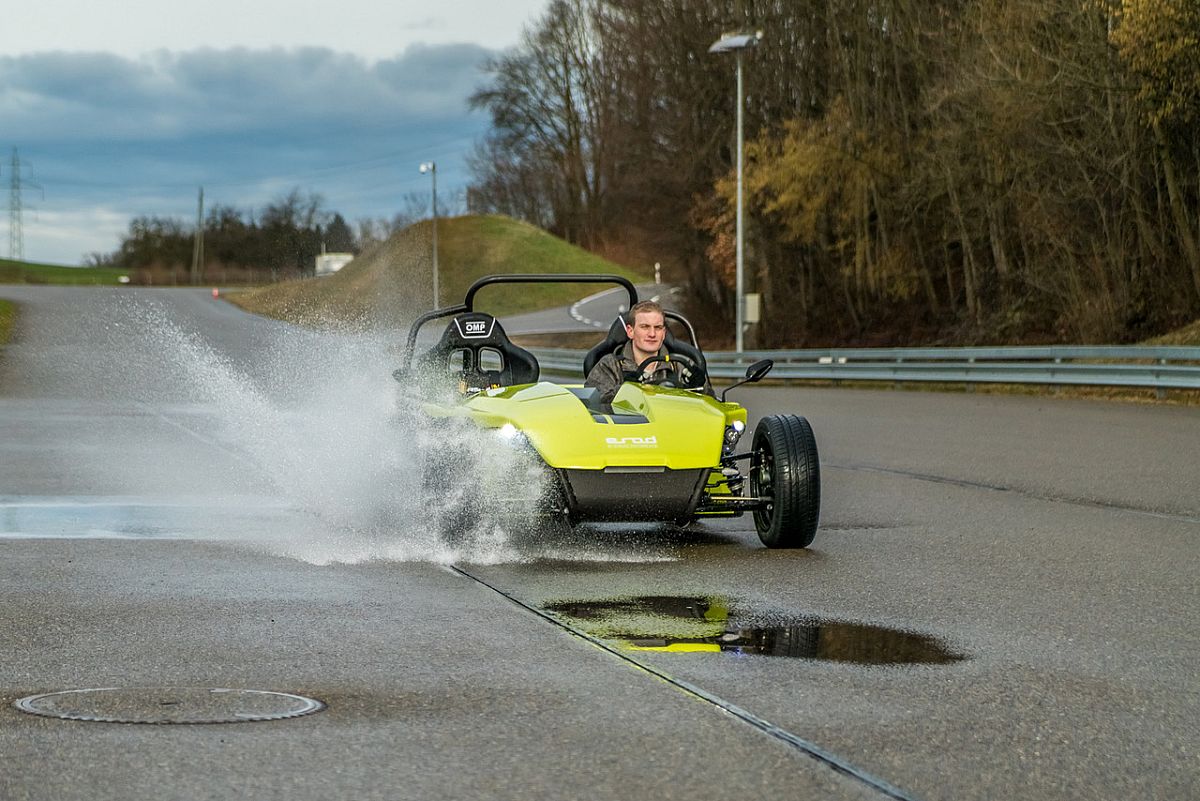The eRod project comes back to us

I had just handed over the whole eRod project to the Bern University of Applied Sciences, more precisely to Sebastian Tobler. But he had a serious accident shortly after the start and became paraplegic. I visited him in Nottwil as soon as possible. Sebastian welcomed me but had to endure a very strict timetable. His time was limited. He told me in detail how his accident happened. He realised immediately that he was paralysed. He was transported by helicopter to Nottwil, and how his unbearable pain robbed him of sleep and from the first second his fight back to life. Sebastian had remained the fierce fighter that he was. His first sentence to me was that he wanted to learn to walk on his own again, no matter what he had to invest to do so. I admired him. No struggling, no hesitation. He gave everything to reclaim his family, his job and his life. Only: it would take at least a year. We got to talking about the eRod project. Sebastian had already contacted his predecessor Hansruedi Feldmann, who was immediately ready to come out of his well-deserved retirement back to work with the students. I assured him of maximum support and the planned semesters and theses could be carried out successfully. During one of the visits, I was to explain to the students what I had been thinking about in terms of vehicle kinematics and why I wanted the chassis to be constructed in this way. I explained to them that the weight distribution of 50 % front and 50 % rear was a good starting point and easy to maintain on the eRod, while the classic double wishbones opened up a maximum of adjustment possibilities. I was then asked what I had studied. Electrical engineer! Aha - a clear explanation for the cheeky students and they assured me that they could design a contemporary chassis.
At the end of all the work we had a 1:1 model, but at this time not drivable, and all the calculations and drawings.
So, does it work now? And what next? Sebastian was understandably no longer interested in the project. He first had to recover as well as possible. He would have been the project's driving force. We'll only see if it really works when it's up and running.

One of the students, Daniel Wenger, was as curious as I was. We agreed that he would move from Welschland to the Zurich Unterland and that I would employ him in my company to check the feasibility of the project. We agreed on a specification and a time frame of about 3 weeks and then we would look further.
Dani took up the work, developed it further and concluded that the vehicle could be built and ready for homologation. We wanted to exhibit it at the next motor show in Geneva. For the fine-tuning of the design we needed a partner: Scala Design. The founder, Peter Theiss, had co-founded AMG with Hans Werner Aufrecht and Erhard Melcher. He always had one or two anecdotes to tell from that time. Scala Design went the extra mile and gave our chassis a nice Fiat Barchetta look. But that was not at all the direction I wanted the eRod to go. I wanted a bare, drivable trellis frame. A second attempt also failed. Time was running out until the motor show. A student who was doing an internship with him understood my wish and the management of the project was handed over to him without further ado. Time was short and I could no longer accept the project in Stuttgart. Instead, the data of the individual parts were sent to our body panel supplier and he began to mill the moulds. The parts were delivered to us and our entire development team set about adapting them to the empty chassis. In the process, the cutting was changed again so that only a minimum number of panels remained.
On the day of completion, it was raining. Nevertheless, I wanted to do the first test drive. I was thrilled with the driving experience. Acceleration and road contact were fantastic. Only when negotiating bends did the water thrown up by the ground splash directly into my face. That was - well - something to get used to. I came back from the test drive overjoyed and wet to the skin. All the work had been worth it.

We had many positive comments at the motor show. Our vehicle was well received. Dani and I agreed that we wanted to develop it even further and at least do the European Type Approval. The work continued. The design was also revised again. This time Christian Benz from the company Formscope took on the project. His company was based in Winterthur and with such a complex project it is good if the exchange within the team can take place quickly and without complications. It was to take another two years before all the goals were met, and the European type test could be successfully completed. Dani Wenger's 3-week stay turned into 3 years, but in the end he was drawn back to Welschland. He wanted to do a master's degree in mechanical engineering. Our eRod was ready and production could begin. To date, we have produced 100 vehicles and sold them all over the world. Personally, I like it when the owner assembles his vehicle himself and, if necessary, refines it with accessories.

Today, there are many individual vehicles on the road, where the owners still know exactly which part does what and how much work goes into building a car. I am now the proud owner of the eRod 001, which my team assembled just before the Geneva Motor Show. For me, the eRod is the ultimate driving machine. Whenever I feel a bit pensive, when too many thoughts are spinning in my brain, I get into my eRod and go for a spin around the Irchel. A few metres put a big grin on my face. There is nothing better than cruising through nature in a minimalist electric vehicle.
I learned from it:
- After every blow of fate, things move on.
- Good things come to those who wait.
- There is nothing better than celebrating success at the end of a long project.
- Riding an eRod makes you happy.
